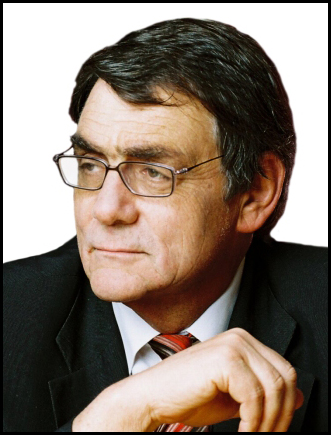
Bill Evans joins the employment skeptics.
Westpac first impressions: August Labour Force Survey
Employment –8.8k in August (WBC –5k; mkt 5k). Unemployment rate 5.1%, from 5.2% in July as participation rate falls 0.2ppts to 65.0%.
In August, total employment fell 8.8k as part-time employment declined 9.3k. The outcome was a little below our expectation, but well below that of the market. The July outcome was also revised down to 11.7k, from 14.0k.
What is more crucial however is the decline in the unemployment rate and why this took place. In August. the unemployment rate declined by 0.1ppts to 5.1%. Normally a decline in the unemployment rate is a positive outcome, but in this instance it is indicating that, in the face of a significant reduction in the number of workers wishing to remain in the workforce, the number of jobs actually lost is a little less. The participation rate fell 0.2ppts to 65.0% – this is its lowest level since January 2007.
Had the participation rate not declined over the past year, the unemployment rate would now be around 6%.
Consider the arithmetic of a fall in the unemployment rate despite a fall in the number of jobs. Due to the fall in the participation rate, 35k workers left the workforce. That was offset by an additional 15k workers joining the workforce due to population growth in the month. Consequently, the workforce was reduced by a net 20k, but ‘only’ 9k jobs were lost, so the unemployment rate actually falls.
As discussed , this effect has been prevalent for much of the year with actual jobs growth being a meagre 0.5%, yet the unemployment rate has remained steady. We assess that this data is not indicative of a strong labour market despite the low unemployment rate.
A measure that is not affected by the structural fall in the participation rate is the employment-to-population ratio. This also declined in August to 61.68%, its lowest level since November 2009. The decline in this ratio since its November 2010 peak of 62.58 is equivalent to the loss of around 164k jobs. Clearly a structural change is occurring in the labour market, one that is not supportive of household incomes.
By state, VIC and SA saw significant job declines (15k and 9k respectively); NSW, QLD and WA all saw modest employment growth in the month. This is broadly consistent with the patchwork growth story highlighted by yesterday’s national accounts.
Overall, the August labour force release gives great reason for concern and arguably strengthens the case for near-term rate cuts. Total jobs growth is running at a meek 0.5% and the available evidence suggests workers who have lost their jobs are choosing to give up looking for work. The downtrend in the employment-to-population ratio is of particular concern for household incomes and confidence.
How will the authorities assess this number?
The authorities will be well aware of the distortions to the labour market ‘picture’ which is being indicated by the low unemployment rate. Issues around this data associated with the fall in the terms of trade; weak non mining investment;a soft consumer; and fragile confidence for both households and business will be impacting the authorities decisions. A falling participation rate associated with structural change in the labour market is unlikely to divert their attention from these other issues.
Westpac still expects 2 rate cuts in 2012 with a third to follow in early 2013.
Bill Evans,Chief Economist

